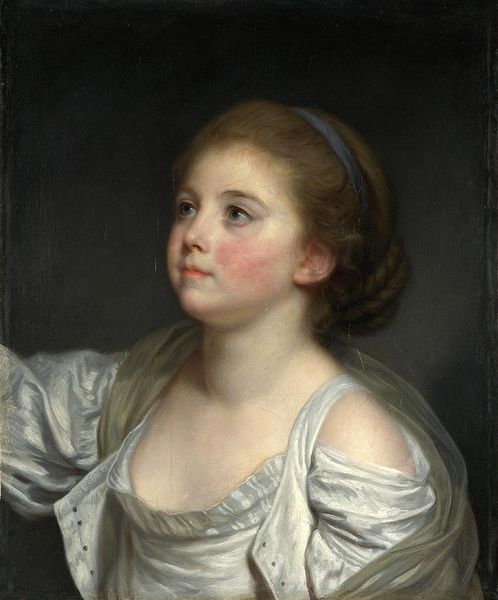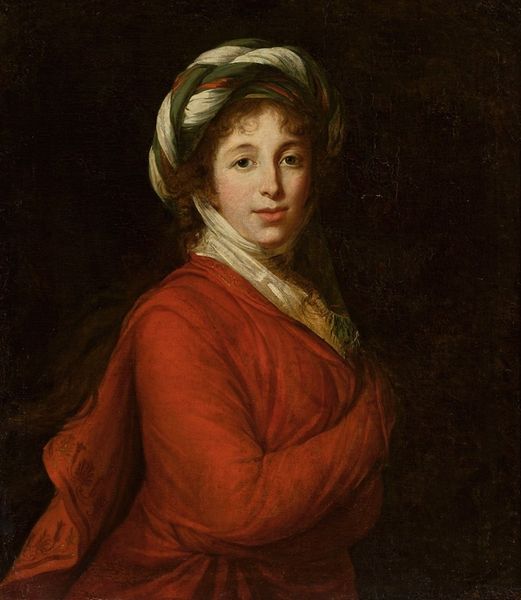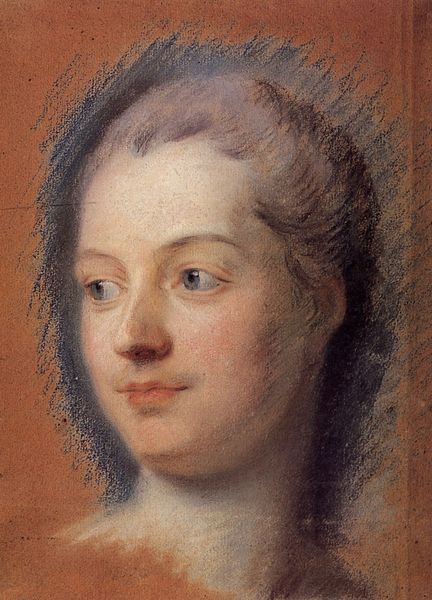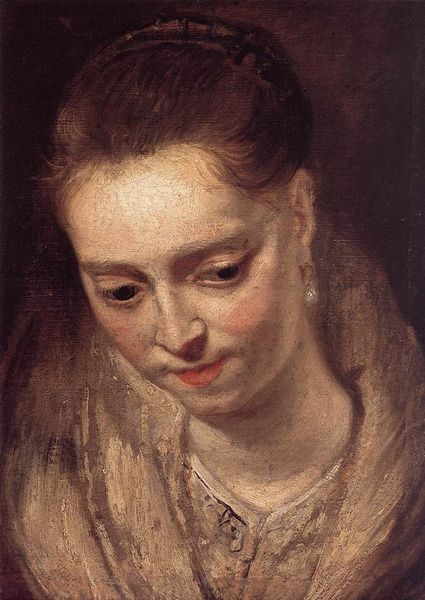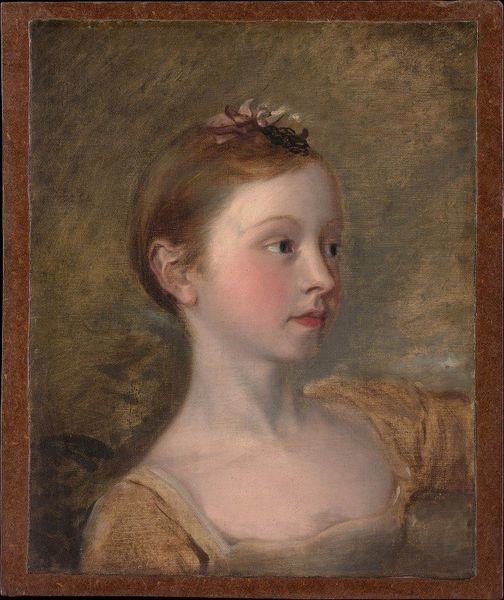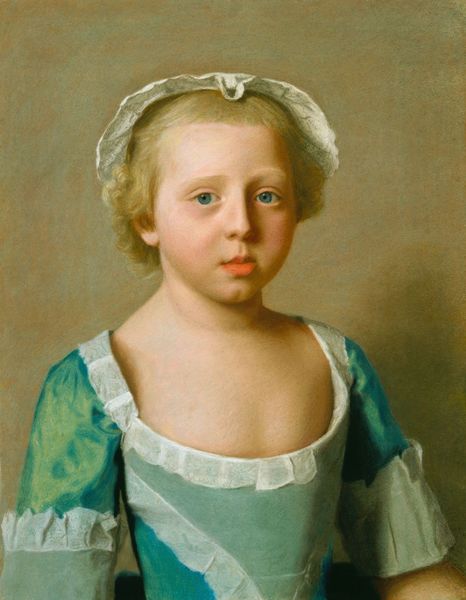
painting, oil-paint
#
portrait
#
woman
#
portrait
#
painting
#
oil-paint
#
lady
#
italian-renaissance
#
fine art portrait
Copyright: Public domain
Curator: Up next is "Portrait of a girl (Maria Maxmiliana)," an oil painting from 1612 by Hans von Aachen. What strikes you about this work? Editor: There's an ethereal quality here, almost fragile. The soft light and muted colors give her a quiet innocence. It reminds me of early coming-of-age stories. Curator: Consider the layers of oil paint, the precise mixing of pigments to achieve that luminosity, the cost of the materials involved, and the patronage system that supported such endeavors. Who was able to afford art, to participate in its creation and consumption? This all becomes part of how the portrait works. Editor: Exactly. And looking at the subject herself—we see a young girl presented with delicate fabrics. This is hardly a simple representation, it’s about constructing and communicating privilege in early 17th-century society. How do you read this through a lens of social power and gender expectations? Curator: Indeed, the very act of painting, the labor involved in its production, underscores class and gender dynamics of the period. The artist's skill, the availability of paint and canvas, it all speaks to economic disparities and the power structures embedded in artistic production. What choices do we find evident in this construction of femininity? Editor: Her controlled gaze, the slightly pursed lips—it’s a constrained performance. Considering broader discussions around girlhood at the time—the pressures surrounding virtue, marriage, and lineage are almost palpable even at this age. And how often were girls, rather than boys, displayed this way? Curator: Good point. And in what ways can an awareness of the economic foundations of art challenge traditional ideas about artistic genius and the "masterpiece?" What happens when we see the portrait not only as an aesthetic object, but as a product of specific socio-economic conditions? Editor: Thinking about who had access to portraiture like this raises complex questions about representation and visibility even today. It serves as a constant reminder of past inequalities and power imbalances—especially for girls, women, and persons of color, in terms of having equitable space in today's art world. Curator: Exactly. These reflections challenge conventional historical narratives surrounding art, but they also offer crucial insights for examining gender dynamics in cultural production. Editor: Indeed, bringing history into the present to challenge systems that silence or marginalize other voices allows for deeper, much needed discussions.
Comments
No comments
Be the first to comment and join the conversation on the ultimate creative platform.


